Home>Home Appliances>Laundry Appliances>How To Level My Washing Machine
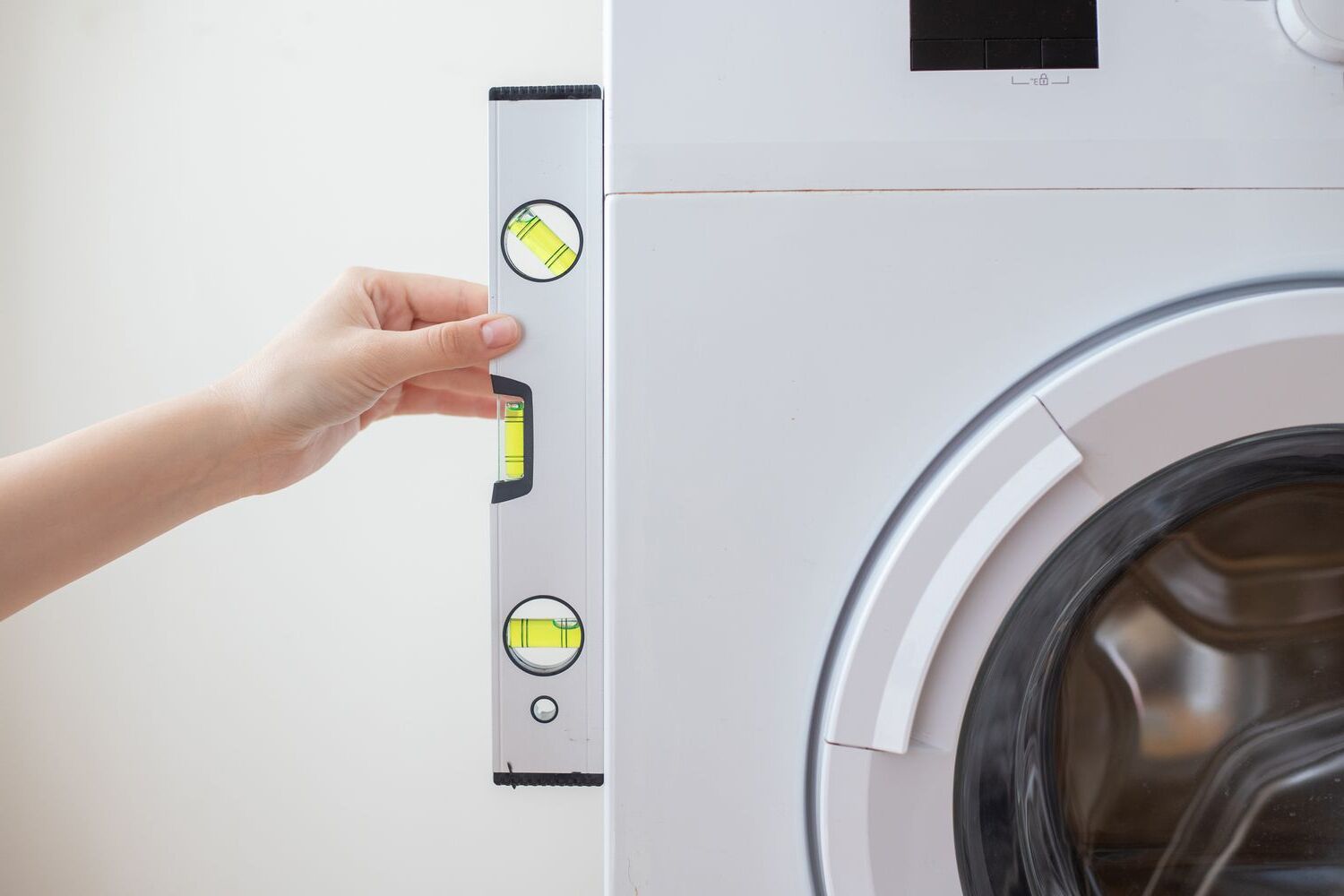

Laundry Appliances
How To Level My Washing Machine
Modified: March 2, 2024
Learn how to level your washing machine for optimal performance. Get expert tips and tricks for maintaining your laundry appliances.
(Many of the links in this article redirect to a specific reviewed product. Your purchase of these products through affiliate links helps to generate commission for Storables.com, at no extra cost. Learn more)
Introduction
Having a washing machine that is properly leveled is crucial for its optimal performance. A level washing machine not only ensures effective cleaning but also prevents excessive vibrations and noise during the laundry cycle. If you've noticed that your washing machine is wobbling, vibrating excessively, or making unusual noises, it's likely that the appliance is not sitting level on the floor. Fortunately, leveling a washing machine is a relatively straightforward task that can be accomplished with minimal effort and basic tools.
In this comprehensive guide, we will walk you through the process of checking and adjusting the level of your washing machine. By following these simple steps, you can restore stability to your appliance and enjoy a smoother and quieter laundry experience. Whether you're a seasoned homeowner or a first-time laundry appliance owner, understanding how to level your washing machine is an essential skill that can prolong the lifespan of your appliance and improve its overall efficiency.
So, let's dive into the details of checking and adjusting the level of your washing machine to ensure that it operates at its best. Whether you have a top-loading or front-loading washing machine, the principles of leveling remain consistent. With a few easy adjustments, you can say goodbye to the annoying vibrations and noises that disrupt your laundry routine. Let's get started!
Key Takeaways:
- Keep your washing machine level to reduce noise and vibrations, and extend its lifespan. Use a bubble level and adjust the legs for a smoother laundry experience.
- Regularly check and adjust your washing machine’s level for a quieter and more efficient laundry routine. Visual inspection and operational testing are key steps.
Read more: How To Level Washer
Checking the Level of the Washing Machine
Checking the level of your washing machine is the first step in ensuring that it operates smoothly and efficiently. A properly leveled washing machine not only prevents excessive vibrations and noise but also helps in maintaining the integrity of the appliance over time. Here's how you can check if your washing machine is level:
-
Visual Inspection: Start by visually inspecting the washing machine. Stand in front of the appliance and observe if it appears to be leaning to one side or if it wobbles when touched. Uneven gaps between the machine and the floor are also indicators of a potential leveling issue.
-
Using a Bubble Level: To accurately determine the levelness of the washing machine, place a bubble level on the top surface of the appliance. Check the bubble position to see if it aligns with the center marker. If the bubble is off-center, it indicates that the washing machine is not level.
-
Checking the Stability: Gently nudge the washing machine from different angles to assess its stability. If it rocks or moves easily, it's a clear sign that the appliance is not sitting level on the floor.
-
Measuring Uneven Gaps: Using a measuring tape or ruler, measure the gaps between the washing machine's feet and the floor. Uneven gaps suggest that the appliance is not level and may require adjustments.
-
Observing During Operation: While the washing machine is in use, pay attention to any unusual vibrations or excessive noise. These are common indications of a leveling issue.
By performing these simple checks, you can quickly determine if your washing machine requires leveling adjustments. Identifying the levelness of the appliance is the first step towards ensuring its optimal performance and longevity.
Once you've confirmed that your washing machine is not level, the next step is to make the necessary adjustments to restore its stability. This involves adjusting the machine's legs to achieve a balanced and level position. We'll delve into the details of this process in the following section.
Now that you've assessed the levelness of your washing machine, let's move on to the crucial step of adjusting the machine's legs to achieve a perfectly level position.
Adjusting the Washing Machine Legs
Adjusting the legs of your washing machine is a fundamental step in achieving proper leveling. Most washing machines are equipped with adjustable legs that can be extended or retracted to accommodate uneven flooring and ensure stability. Here's a detailed guide on how to adjust the washing machine legs to achieve a level position:
-
Prepare the Washing Machine: Before making any adjustments, ensure that the washing machine is powered off and unplugged from the electrical outlet. This precautionary measure is essential for safety and prevents any accidental activation of the appliance during the leveling process.
-
Accessing the Legs: Locate the adjustable legs of the washing machine. These are typically situated at the front and rear corners of the appliance. Depending on the model, the legs may be accessed by tilting the machine backward or through a specific access panel at the base.
-
Adjusting the Legs: Using a wrench or pliers, carefully rotate the legs in the appropriate direction to either extend or retract them. Turning the legs clockwise typically retracts them, while counterclockwise rotation extends them. Make gradual adjustments to each leg to ensure a balanced leveling process.
-
Checking for Stability: After making adjustments to the legs, gently rock the washing machine to test its stability. Ensure that all four legs are making firm contact with the floor. Continue fine-tuning the leg adjustments until the machine remains stable and does not wobble when pressure is applied from different angles.
-
Utilizing a Bubble Level: To achieve precise leveling, place a bubble level on the top surface of the washing machine. Adjust the legs as needed to center the bubble and achieve a perfectly level position. This step ensures that the appliance is balanced and ready to operate without excessive vibrations or movement.
-
Verifying Uniform Height: As a final check, visually inspect the washing machine to ensure that all four legs are at a uniform height. This uniformity is essential for maintaining stability and preventing any rocking motion during the laundry cycle.
By following these steps, you can effectively adjust the legs of your washing machine to achieve a level position. Properly leveled legs contribute to the overall performance and longevity of the appliance, minimizing wear and tear caused by uneven operation. Once you've completed the leg adjustments, the next crucial step is to test the washing machine's level to confirm that it is ready for use.
Use a bubble level to check if the machine is balanced. Adjust the machine’s feet until it’s level. Tighten the locknuts to secure the feet in place.
Testing the Washing Machine Level
Once you have adjusted the legs of your washing machine to achieve what appears to be a level position, it's essential to perform a series of tests to verify the stability and balance of the appliance. Testing the washing machine level ensures that it can operate smoothly without excessive vibrations or movement, ultimately contributing to a more efficient and quieter laundry experience.
Here's a detailed guide on how to test the level of your washing machine:
-
Visual Inspection: Begin by visually inspecting the washing machine from various angles. Ensure that the appliance appears stable and does not lean to one side. Check for any signs of wobbling or rocking, as these indicate a potential leveling issue.
-
Using a Bubble Level: Place a bubble level on the top surface of the washing machine to assess its levelness accurately. Check the position of the bubble to ensure that it aligns with the center marker. If the bubble remains centered, it indicates that the washing machine is level and well-balanced.
-
Applying Pressure: Gently apply pressure to different corners of the washing machine to test its stability. Press down on the top surface and attempt to rock the appliance from side to side. A properly leveled washing machine should remain stable and resist excessive movement when pressure is applied.
-
Operational Test: Power on the washing machine and initiate a short wash cycle. Observe the appliance during operation to detect any unusual vibrations or excessive noise. A well-leveled washing machine should operate smoothly, with minimal to no noticeable vibrations or disruptive sounds.
-
Checking for Floor Contact: While the washing machine is in use, ensure that all four legs maintain consistent contact with the floor. This contact is crucial for stability and prevents the appliance from rocking or shifting during the laundry cycle.
-
Observing During Spin Cycle: If your washing machine has a spin cycle, pay close attention to the appliance's behavior during this phase. A well-leveled washing machine should spin without causing significant vibrations or excessive movement, indicating that it is properly balanced.
By performing these tests, you can confidently verify the levelness of your washing machine and ensure that it is ready for regular use. If any issues are identified during the testing process, such as persistent vibrations or instability, it may be necessary to revisit the leg adjustments to achieve optimal leveling.
Ensuring that your washing machine is level is a key factor in maintaining its performance and extending its lifespan. By taking the time to test the washing machine level, you can address any potential issues and enjoy a more efficient and trouble-free laundry experience.
Conclusion
In conclusion, ensuring that your washing machine is properly leveled is a fundamental aspect of maintaining its performance, longevity, and overall efficiency. By following the steps outlined in this guide, you can effectively check the level of your washing machine, make necessary adjustments to the legs, and perform thorough testing to confirm its stability.
A level washing machine not only minimizes disruptive vibrations and noise during the laundry cycle but also contributes to the appliance's overall durability. The visual inspection, use of a bubble level, and operational testing are essential components of the leveling process, allowing you to identify and address any potential issues that may compromise the appliance's performance.
By taking the time to check and adjust the level of your washing machine, you can create a more pleasant and hassle-free laundry environment. The simple act of ensuring that the appliance sits level on the floor can significantly reduce wear and tear, prevent potential damage caused by excessive vibrations, and ultimately extend the lifespan of the washing machine.
Moreover, a properly leveled washing machine enhances the effectiveness of the laundry process, ensuring that clothes are thoroughly cleaned without the risk of imbalance-related issues. Whether you have a top-loading or front-loading washing machine, the principles of leveling remain consistent, and the benefits of a level appliance are universally advantageous.
In essence, the process of leveling your washing machine is a proactive measure that contributes to a smoother and quieter laundry experience while safeguarding the appliance from unnecessary strain. By incorporating the recommended steps into your regular appliance maintenance routine, you can enjoy the peace of mind that comes with a well-leveled washing machine and the knowledge that you are optimizing its performance for the long term.
In conclusion, the effort invested in checking and adjusting the level of your washing machine is a worthwhile endeavor that can yield significant benefits in terms of appliance functionality, durability, and user satisfaction. With a level washing machine, you can bid farewell to disruptive vibrations and noise, and instead, embrace a more harmonious and efficient laundry routine.
Frequently Asked Questions about How To Level My Washing Machine
Was this page helpful?
At Storables.com, we guarantee accurate and reliable information. Our content, validated by Expert Board Contributors, is crafted following stringent Editorial Policies. We're committed to providing you with well-researched, expert-backed insights for all your informational needs.
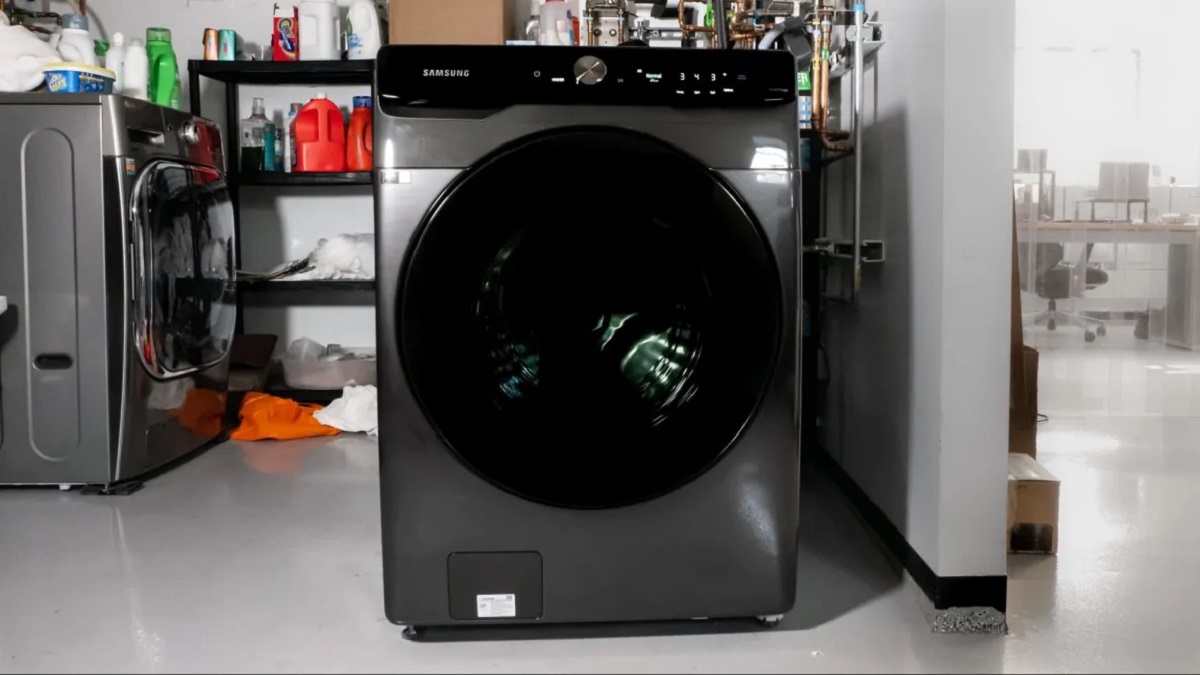
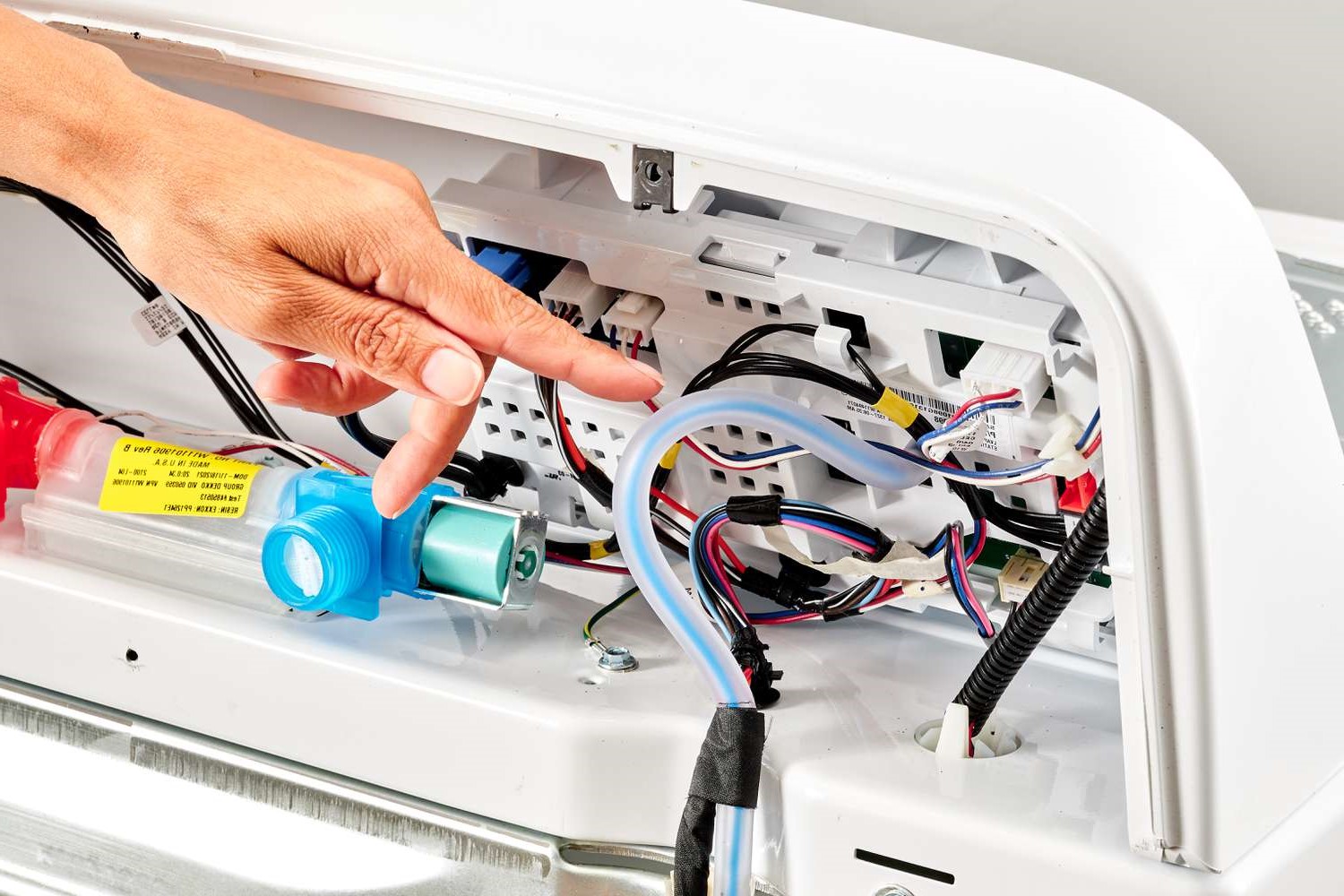
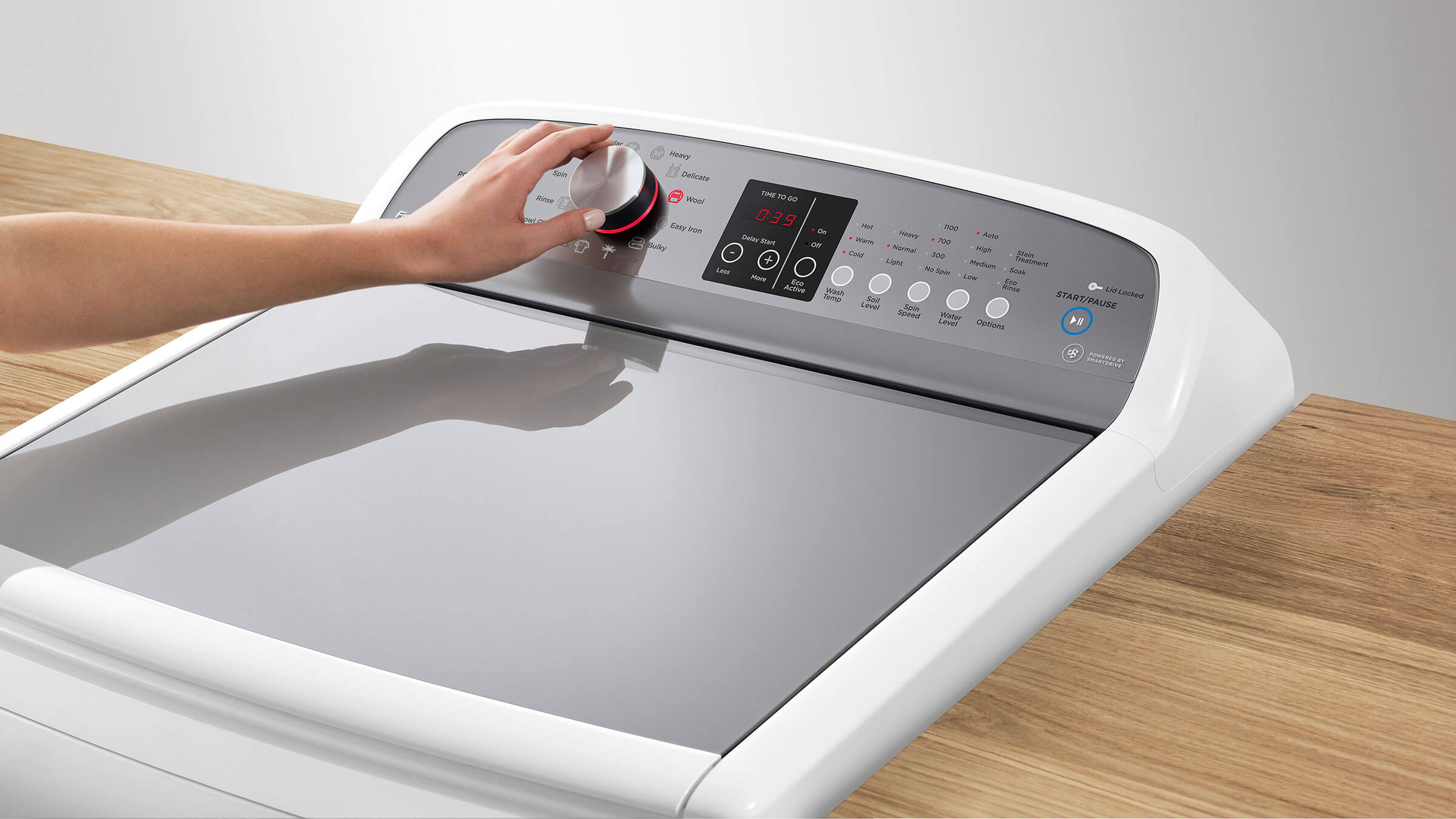
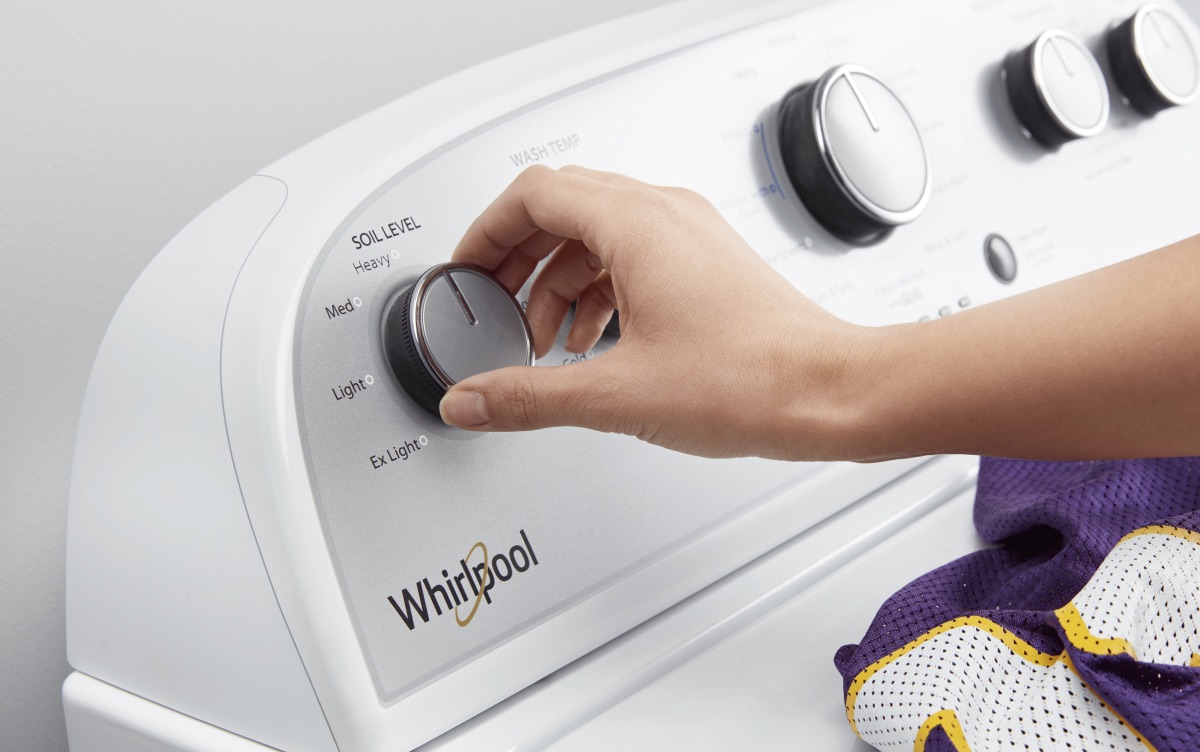
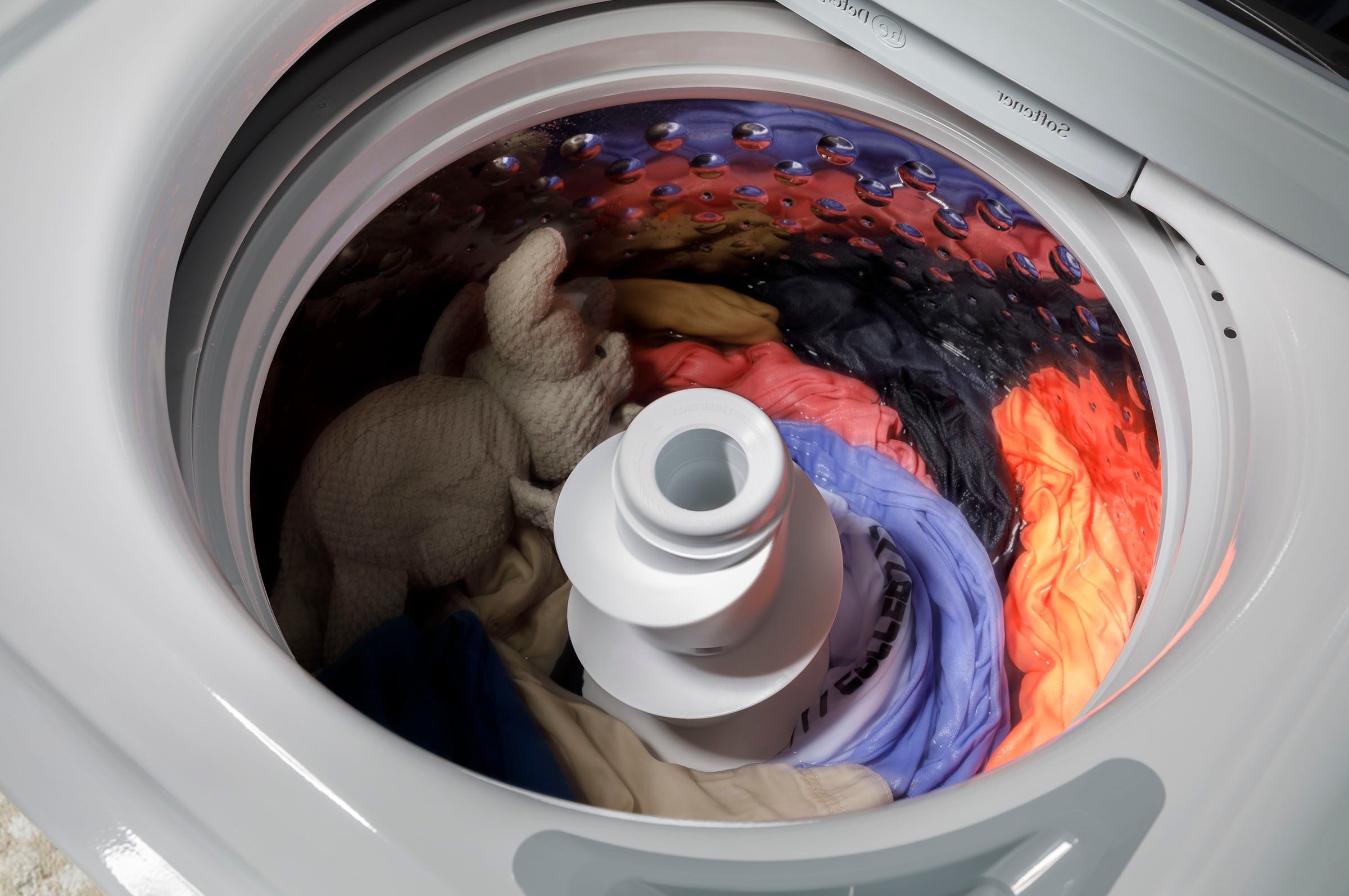
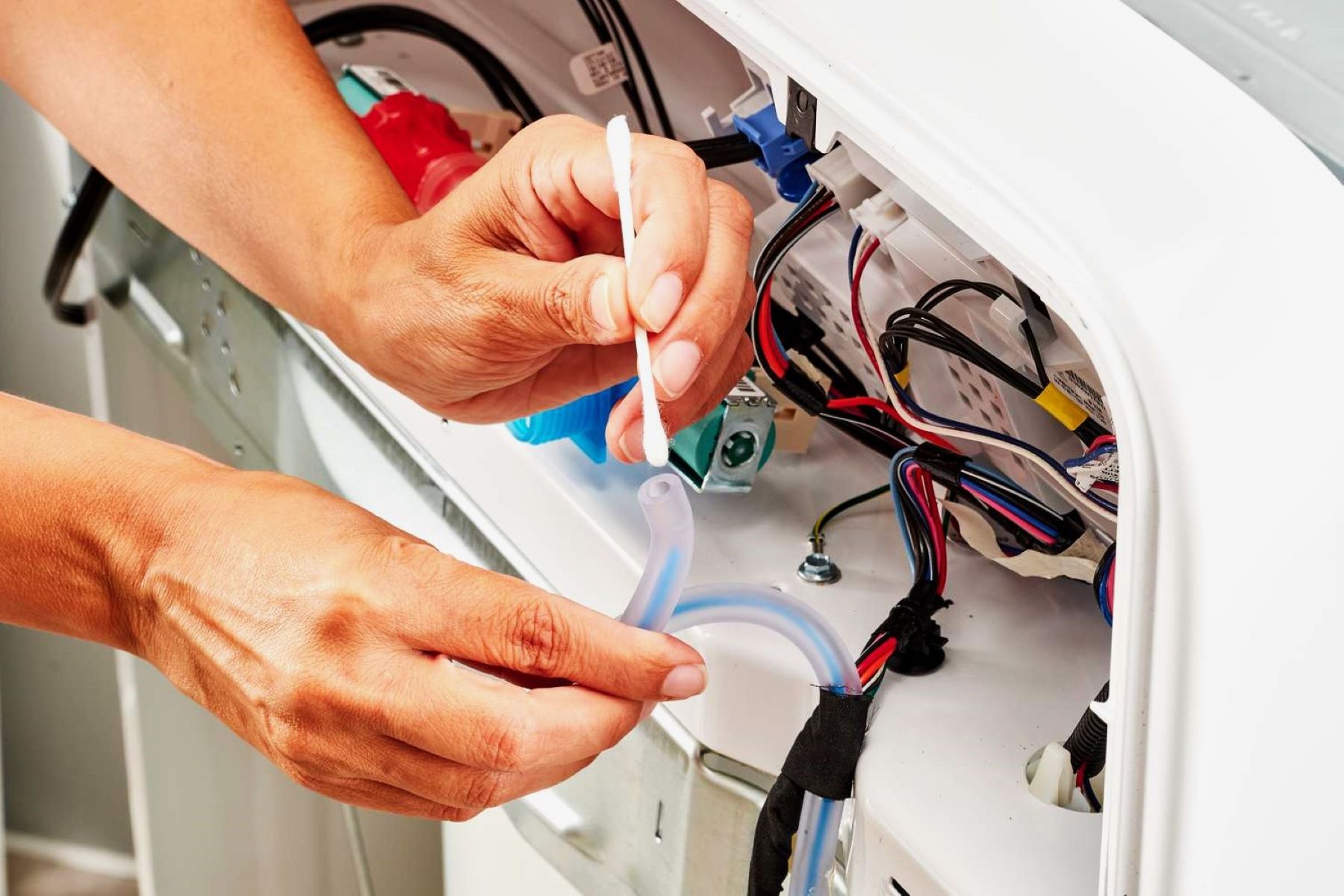
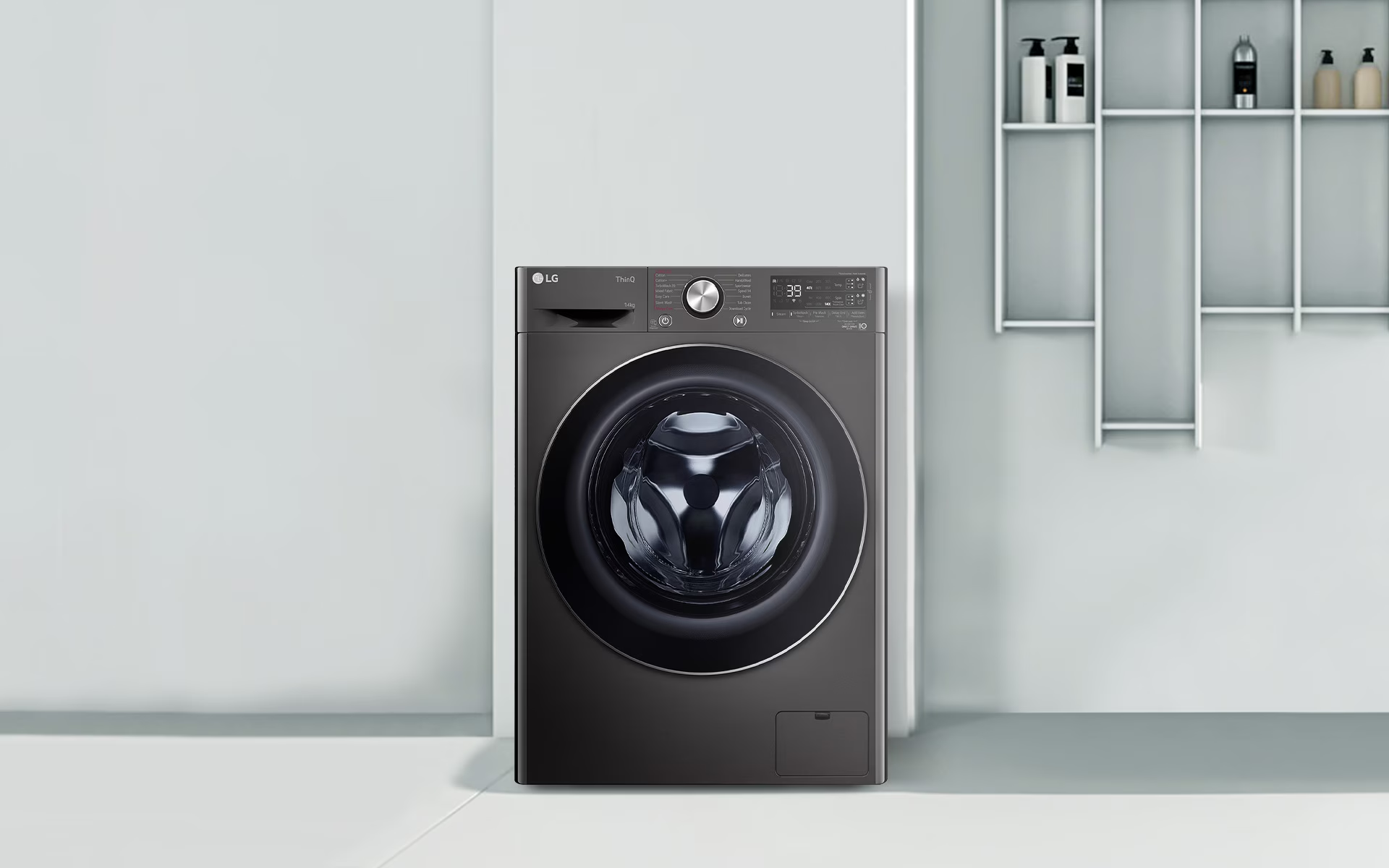
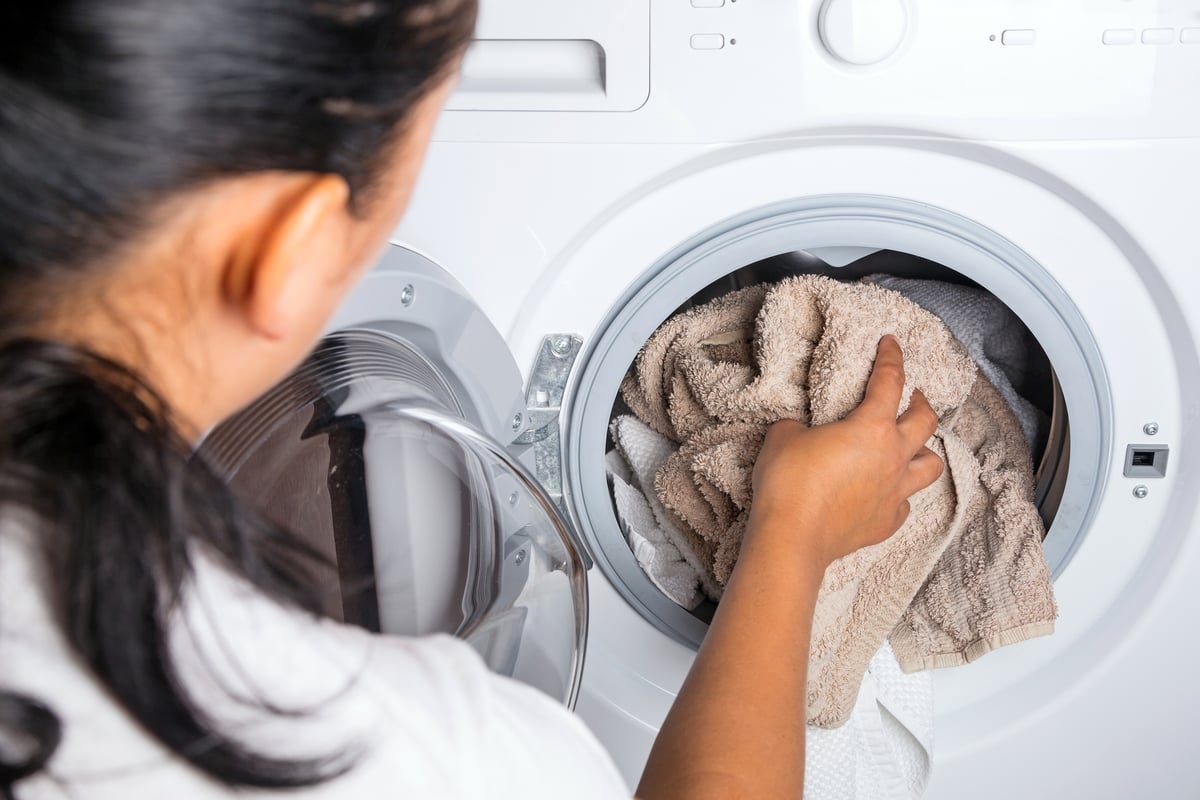
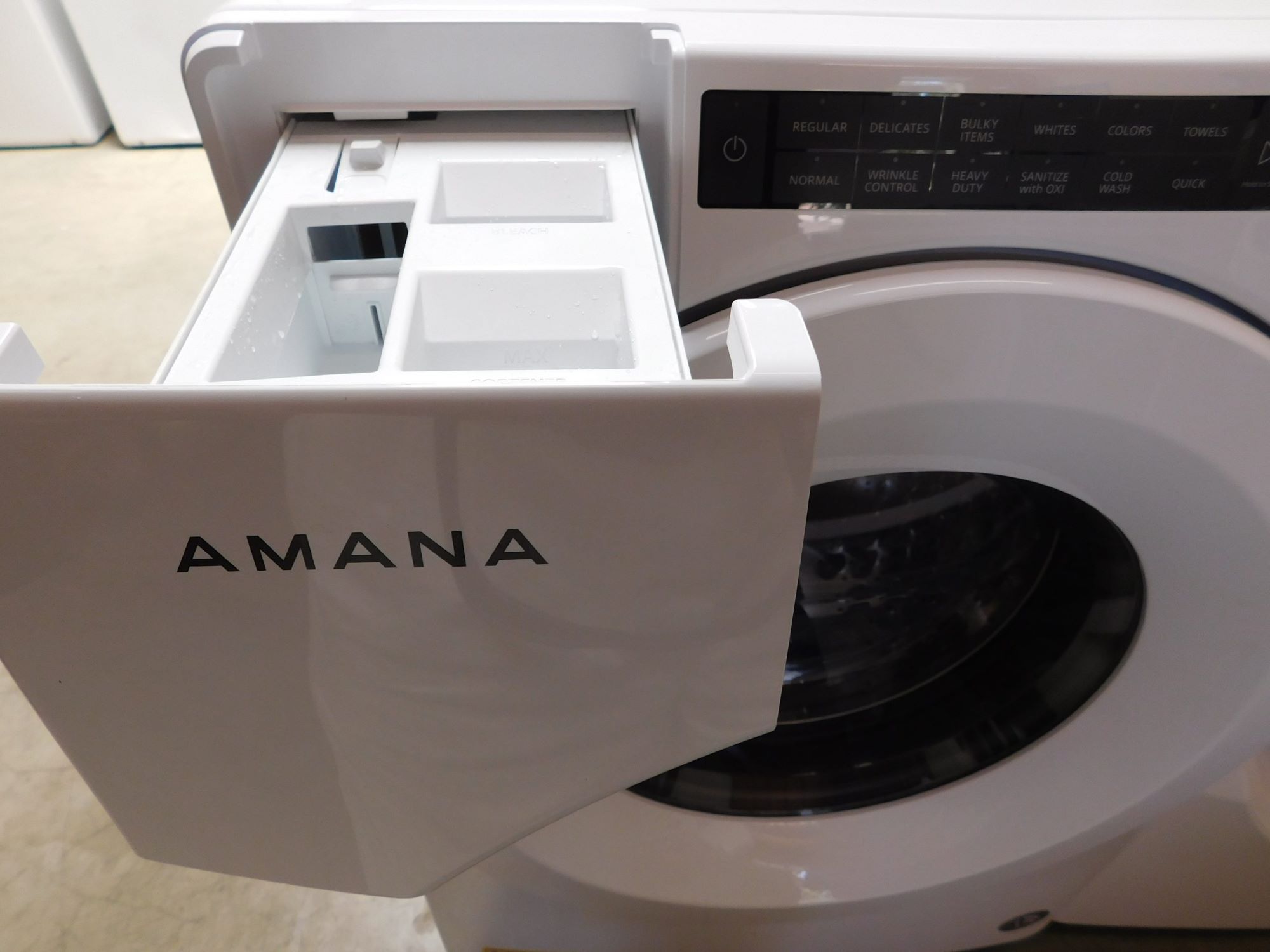
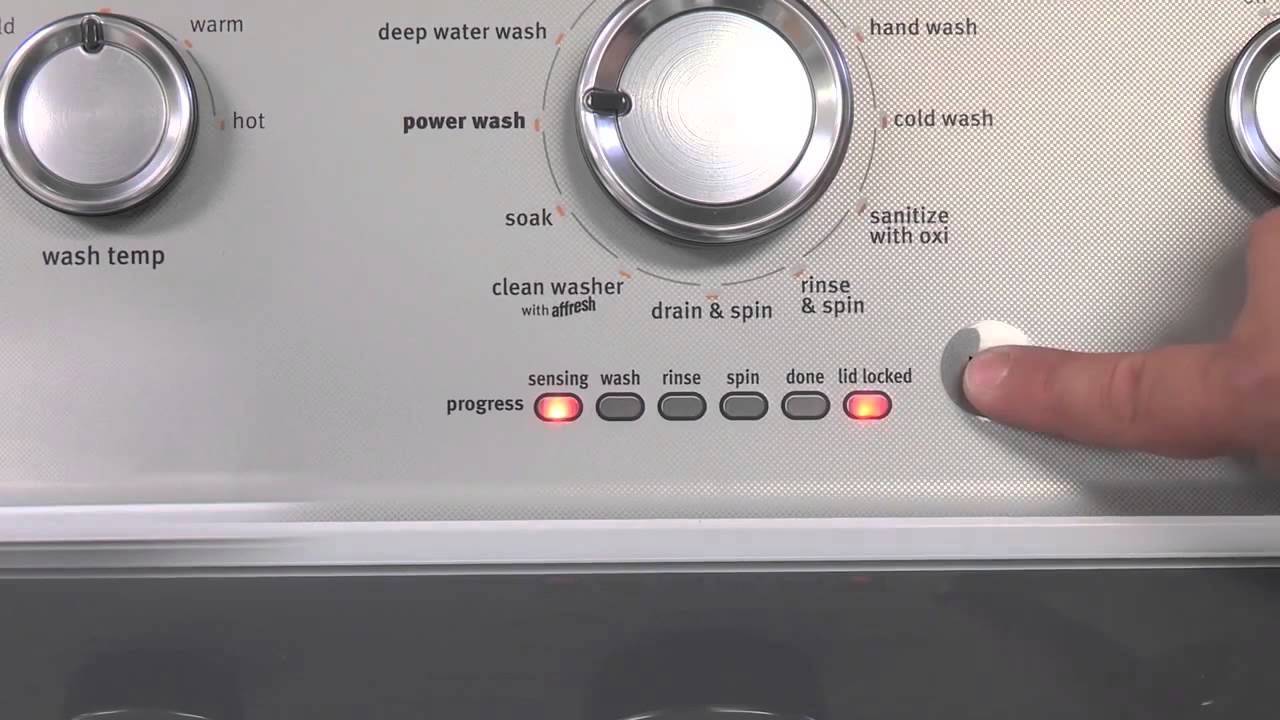
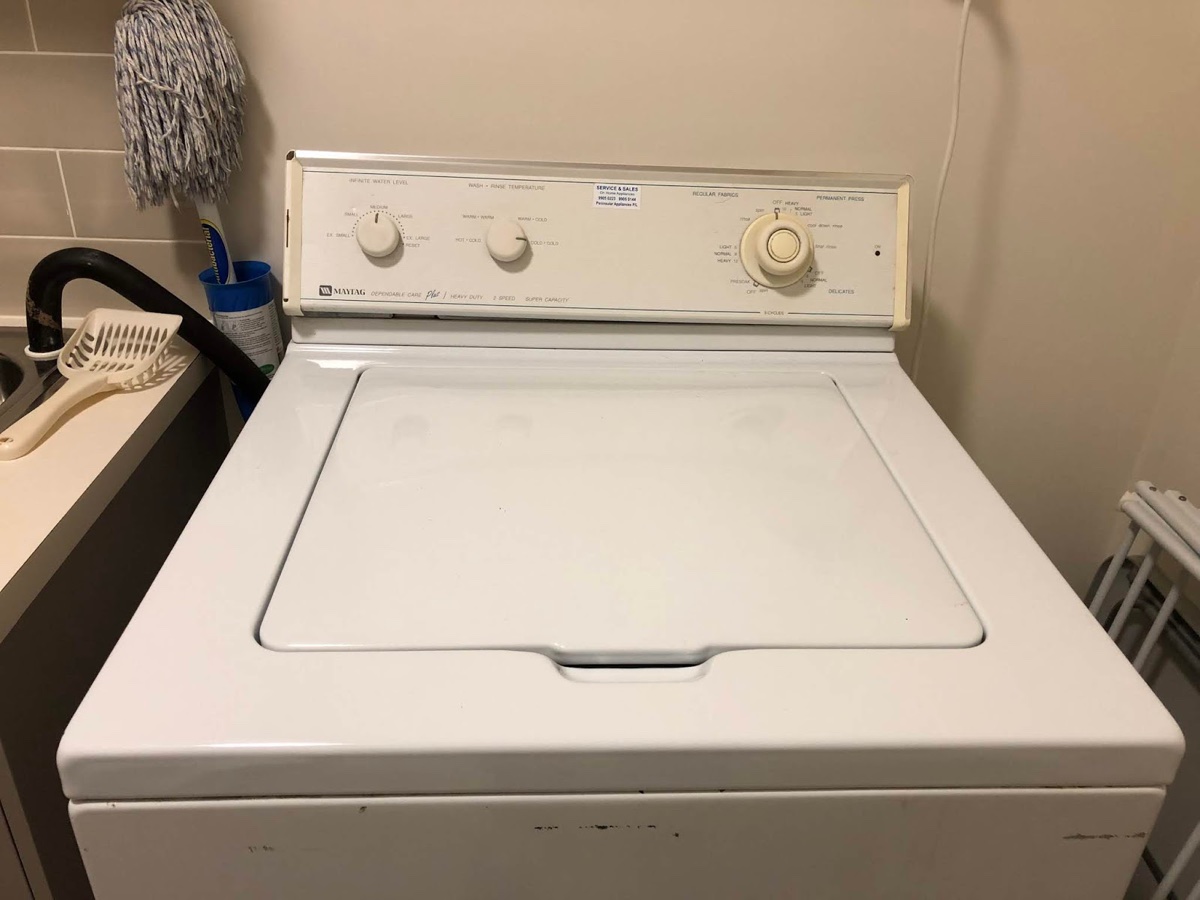
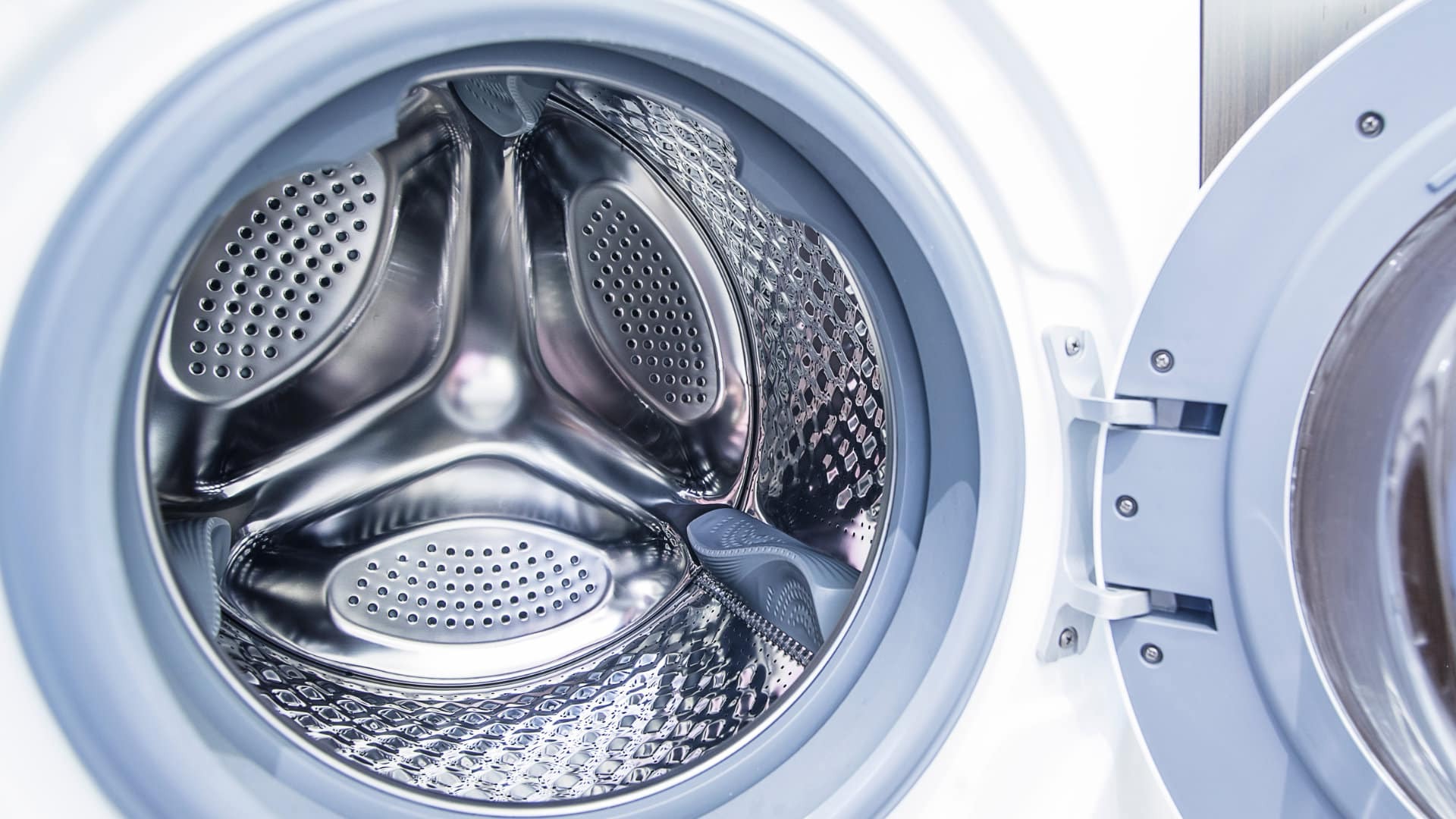
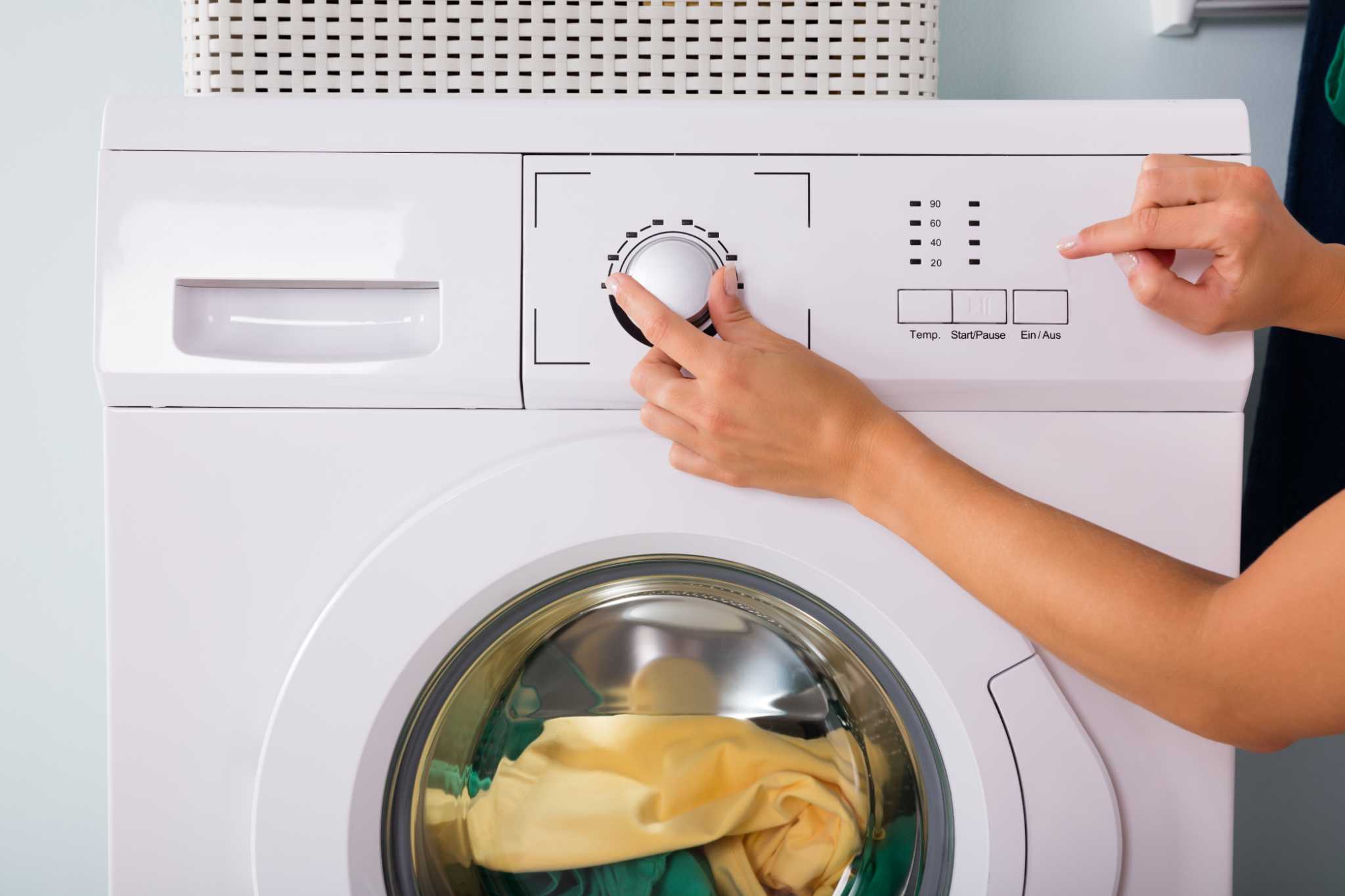
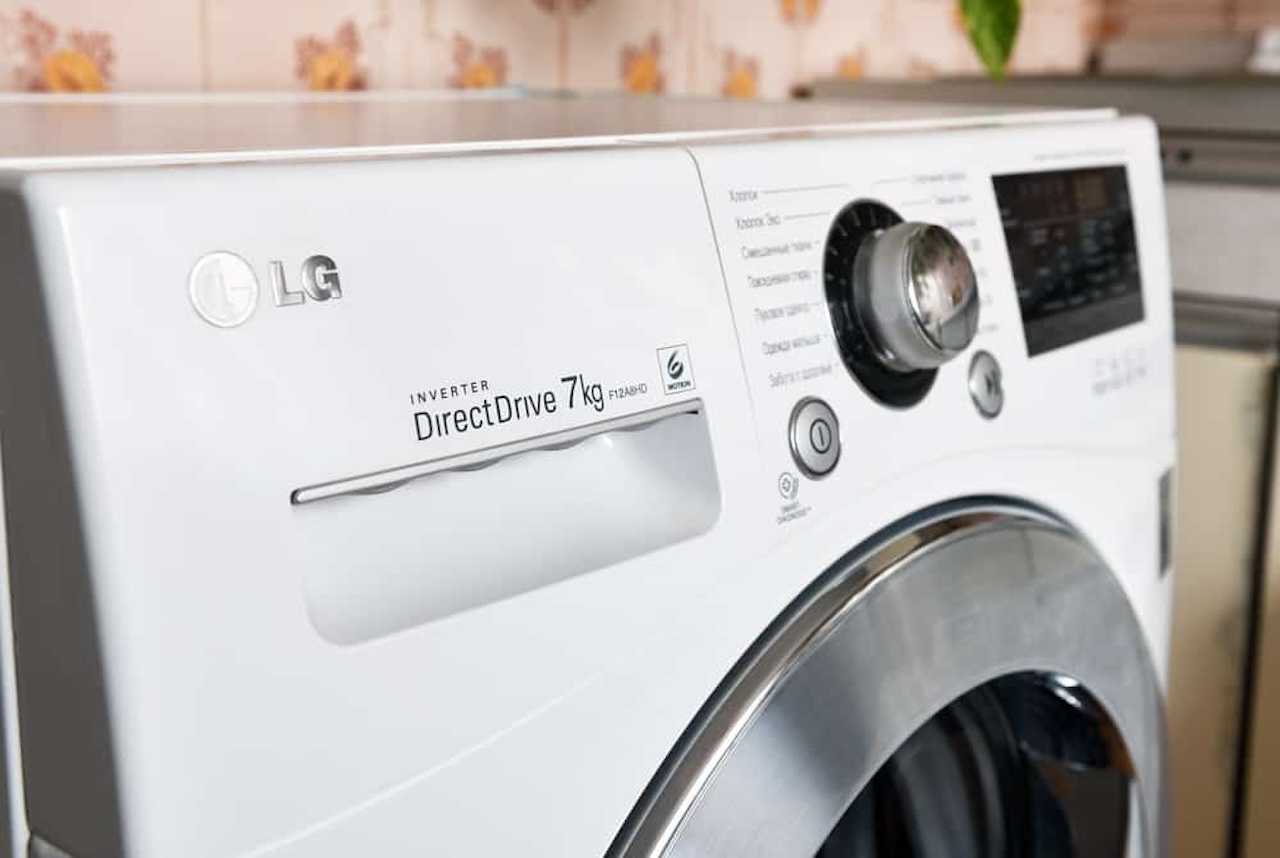
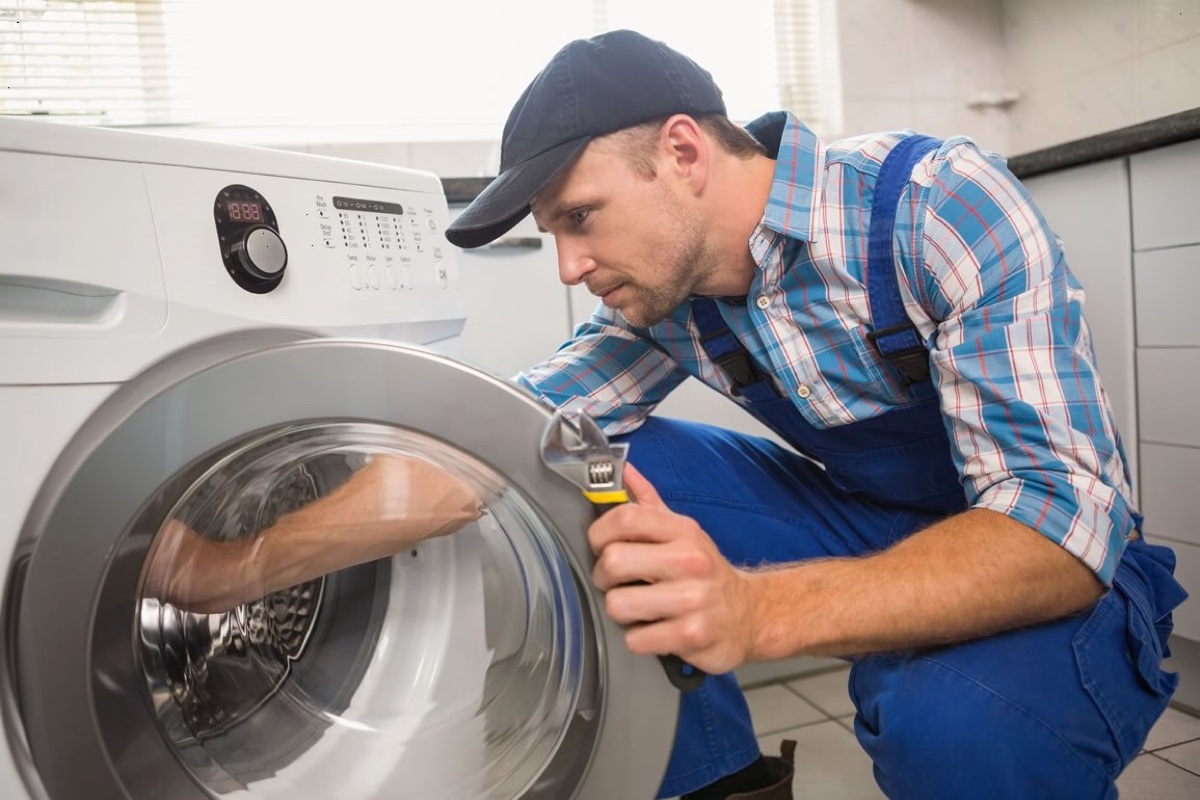

0 thoughts on “How To Level My Washing Machine”